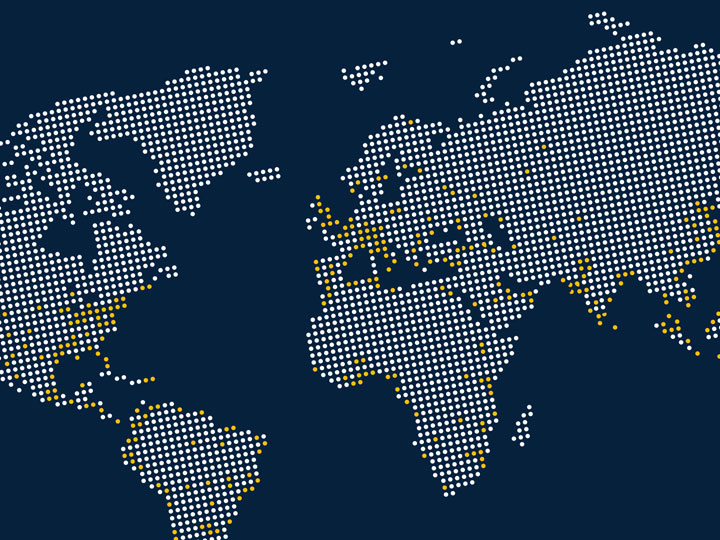Mitigate the risk of potential explosions with Purge and Pressurization
What is Purge and Pressurization?
Pressurization and Purge protection method is a technique used to protect equipment or systems from contamination by purging them with clean air or gas and pressurizing them to prevent the entry of external contaminants.
In this method, the equipment or system is first purged with a clean air or gas to remove any existing contaminants. The purge gas is usually supplied at a higher flow rate than the process gas to ensure that all contaminants are swept out of the system.
Once the system has been purged, it is pressurized with the clean gas or air to a level higher than the surrounding environment. This pressure differential prevents any external contaminants from entering the system. The pressure is maintained during the process to ensure that the system remains protected from contamination.
There are three different types of pressurization that can be applied to a product:
- Static
- Leakage compensation
- Continuous dilution
Benefits of the Purge and Pressurization Protection Method
The benefits of using the purge and pressurization method include:
- The primary benefit of purge and pressurization is to prevent the ingress of external contaminants into the protected equipment or system. By purging and pressurizing with clean air or gas, the system is protected from contaminants that could otherwise degrade or damage the product or process.
- Many industries have stringent regulatory requirements for product purity, such as the hazardous locations industry. Purge and pressurization can help companies comply with these regulations by providing an effective method of contamination control.
- Purge and pressurization can enhance the safety of the equipment or system by reducing the risk of explosions or fires caused by the presence of flammable gases or vapors.
- By preventing contamination, purge and pressurization can help ensure the quality and consistency of the product or process.
- ReducPurge and pressurization can reduce the need for maintenance by preventing the accumulation of contaminants that can cause equipment failure or breakdowns.
- By preventing contamination and reducing maintenance, purge and pressurization can help reduce the costs associated with product and equipment failures, downtime, and replacement.
Overall, purge and pressurization is a simple and effective method of contamination control that offers a range of benefits for a wide variety of industries and applications.
Purge and Pressure Safety Standards:
| Canada | Europe | United States | International |
| CSA 60079-0 | EN 60079-0 | FM 3600 | IEC 60079-0 |
| CSA 60079-2 | EN 60079-2 | FM 3620 | IEC 60079-2 |
| EN 61241-0 | ISA 60079-0 | IEC 61242-0 | |
| EN 61241-4 | ISA 60079-2 | IEC 61242-4 | |
| ISA 61241-2 | |||
| NFPA 496 |
Knowledge Center
Updates to the Canadian Electrical Code (CEC) Section 18
Preliminary Design Review for Hazardous Locations
Guide to Hazardous Location Equipment Marking
Hazardous Locations & Explosive Atmospheres Equipment Certification Requirements Webinar Series
Guide to Equipment Certification Requirements for Hazardous Locations Poster
UAE ECASEx: Unit Verification Webinar
IEC 60079-25 for Intrinsically Safe Electrical Systems: Edition 3
Product Listing & Marking Strategies
8 Ways to Expedite Intrinsically Safe Product Certification Process
For more expert resources, recordings, and presentations, visit our Hazardous Locations Resources Hub.

Events
North America: Year-round CompEx Course Schedule
Intertek Chester UK facility including CompEx course modules and descriptions
Resources
- Client Testimonials
- ETL Mark The Industry's Fastest Certification Program
- Functional Safety Services
- Field Evaluation
- On-site Design Review
- Certification Program for Industrial Control Panels (ICP)
- EMC Testing
